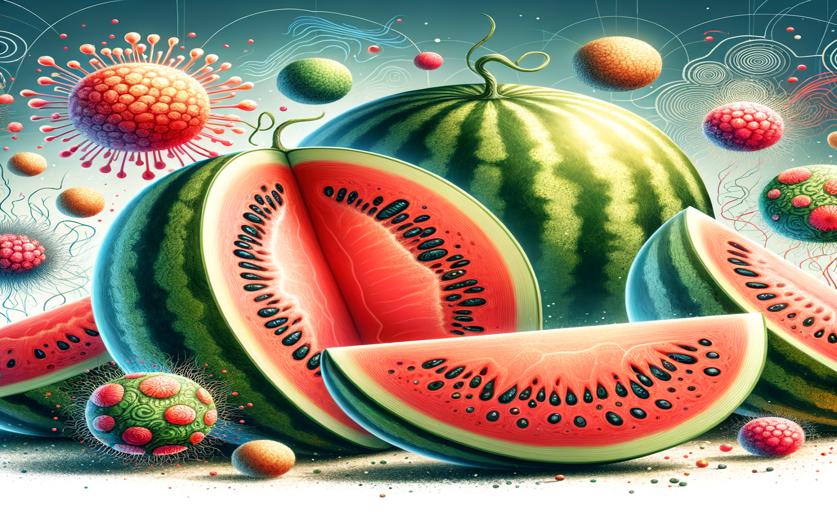
Microbial Differences in Watermelons with Various Fruit Shapes
Jenn Hoskins
17th May, 2024

Image Source: Natural Science News, 2024
Key Findings
- The study from Guangxi University analyzed the microbial communities in the roots and stems of oval (OW) and circular watermelons (CW)
- While the diversity of microbial communities was similar, the specific compositions differed between OW and CW
- Unique bacterial and fungal genera were identified in the rhizospheres and stems of OW and CW, suggesting different microbial recruitment based on fruit shape
References
Main Study
1) How different of the rhizospheric and endophytic microbial compositions in watermelons with different fruit shapes.
Published 16th May, 2024
https://doi.org/10.1371/journal.pone.0302462
Related Studies
2) Genetic mapping reveals a candidate gene (ClFS1) for fruit shape in watermelon (Citrullus lanatus L.).
3) A telomere-to-telomere gap-free reference genome of watermelon and its mutation library provide important resources for gene discovery and breeding.
4) Plant-microbe eco-evolutionary dynamics in a changing world.



 24th April, 2024 | Jim Crocker
24th April, 2024 | Jim Crocker